1,3-Dioxolane,2-methyl-

1,3-Dioxolane,2-methyl- structure
|
Common Name | 1,3-Dioxolane,2-methyl- | ||
|---|---|---|---|---|
| CAS Number | 497-26-7 | Molecular Weight | 88.10510 | |
| Density | 0.99 | Boiling Point | 82-83 °C(lit.) | |
| Molecular Formula | C4H8O2 | Melting Point | N/A | |
| MSDS | Chinese USA | Flash Point | 28 °F | |
| Symbol |


GHS02, GHS07 |
Signal Word | Danger | |
| Name | 2-Methyl-1,3-dioxolane |
|---|---|
| Synonym | More Synonyms |
| Density | 0.99 |
|---|---|
| Boiling Point | 82-83 °C(lit.) |
| Molecular Formula | C4H8O2 |
| Molecular Weight | 88.10510 |
| Flash Point | 28 °F |
| Exact Mass | 88.05240 |
| PSA | 18.46000 |
| LogP | 0.37920 |
| Vapour Pressure | 341.95mmHg at 25°C |
| Index of Refraction | n20/D 1.398(lit.) |
| Storage condition | Flammables area |
CHEMICAL IDENTIFICATION
HEALTH HAZARD DATAACUTE TOXICITY DATA
|
| Symbol |


GHS02, GHS07 |
|---|---|
| Signal Word | Danger |
| Hazard Statements | H225-H319 |
| Precautionary Statements | P210-P305 + P351 + P338 |
| Personal Protective Equipment | Eyeshields;Faceshields;full-face respirator (US);Gloves;multi-purpose combination respirator cartridge (US);type ABEK (EN14387) respirator filter |
| Hazard Codes | F,Xi |
| Risk Phrases | 11-36 |
| Safety Phrases | S16-S26 |
| RIDADR | UN 1993 3/PG 2 |
| WGK Germany | 2 |
| RTECS | JI3509000 |
| Packaging Group | II |
| Hazard Class | 3 |
| Precursor 10 | |
|---|---|
| DownStream 9 | |
|
Muscarinic cholinergic receptors in the embryonic chick heart: interaction of agonist, receptor, and guanine nucleotides studied by an improved assay for direct binding of the muscarinic agonist [3H]cismethyldioxolane.
Mol. Pharmacol. 32(1) , 230-40, (1987) Muscarinic agonist binding has been studied by the indirect method of competition between binding of agonist and 3H-antagonist. Studies of 3H-agonist binding have either been complicated by high level... |
|
|
Potency ratio for the inhibition of 3H-QNB and 3H-cis-methyldioxolane binding predicts agonist or antagonist activity on muscarinic receptors.
Methods Find. Exp. Clin. Pharmacol. 10(10) , 619-21, (1988) 3H-Quinuclidinyl benzylate (3H-QNB) and 3H-cis-methyldioxolane (3H-CD) binding to cholinergic muscarinic receptors have been carried out on the same membrane preparation from the rat brain cortex. Inh... |
|
|
Binding studies with [3H]cis-methyldioxolane in different tissues. Under certain conditions [3H]cis-methyldioxolane labels preferentially but not exclusively agonist high affinity states of muscarinic M2 receptors.
Naunyn Schmiedebergs Arch. Pharmacol. 335(4) , 372-7, (1987) Special conditions--tricine buffer containing Ca2+ and Mg2+, 22 degrees C (TCM)--allow to label a much higher proportion of muscarinic receptors by [3H]cis-methyldioxolane (CD) than hitherto described... |
| 2-METHYL-1,3-DIOXOLANE |
| Acetaldehyde Ethylene Acetal |
| EINECS 207-841-4 |
| MFCD00003210 |
 CAS#:201230-82-2
CAS#:201230-82-2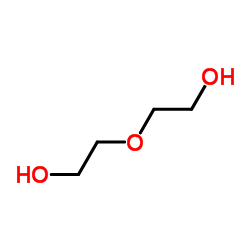 CAS#:111-46-6
CAS#:111-46-6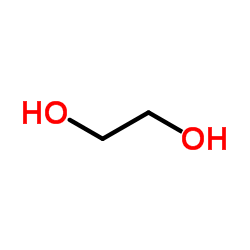 CAS#:107-21-1
CAS#:107-21-1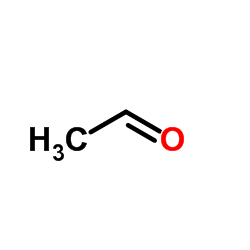 CAS#:75-07-0
CAS#:75-07-0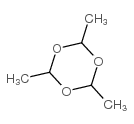 CAS#:123-63-7
CAS#:123-63-7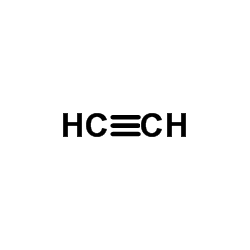 CAS#:74-86-2
CAS#:74-86-2 CAS#:75-21-8
CAS#:75-21-8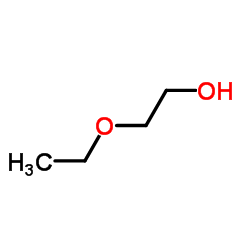 CAS#:110-80-5
CAS#:110-80-5 CAS#:108-05-4
CAS#:108-05-4 CAS#:546-67-8
CAS#:546-67-8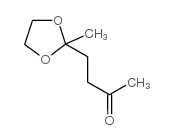 CAS#:33528-35-7
CAS#:33528-35-7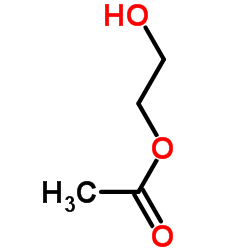 CAS#:542-59-6
CAS#:542-59-6 CAS#:542-58-5
CAS#:542-58-5 CAS#:141-78-6
CAS#:141-78-6 CAS#:13623-91-1
CAS#:13623-91-1![3,7-dichlorotricyclo[4.1.0.02,4]heptane structure](https://image.chemsrc.com/caspic/085/105148-92-3.png) CAS#:105148-92-3
CAS#:105148-92-3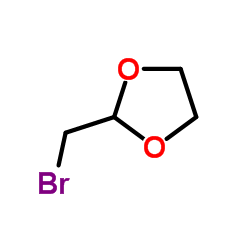 CAS#:4360-63-8
CAS#:4360-63-8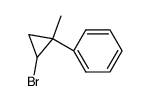 CAS#:55091-64-0
CAS#:55091-64-0